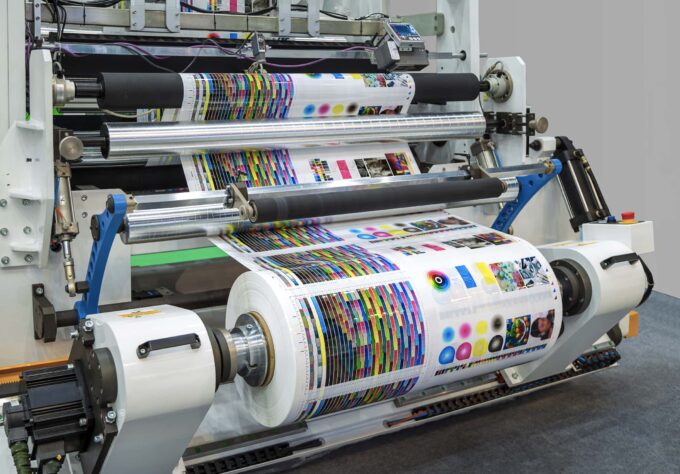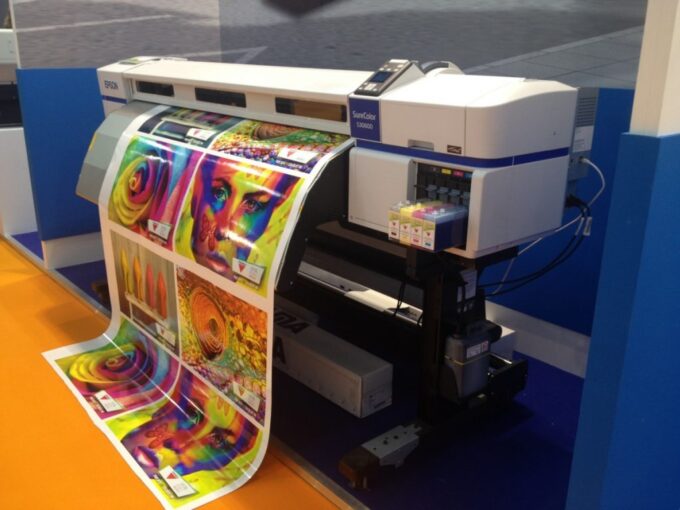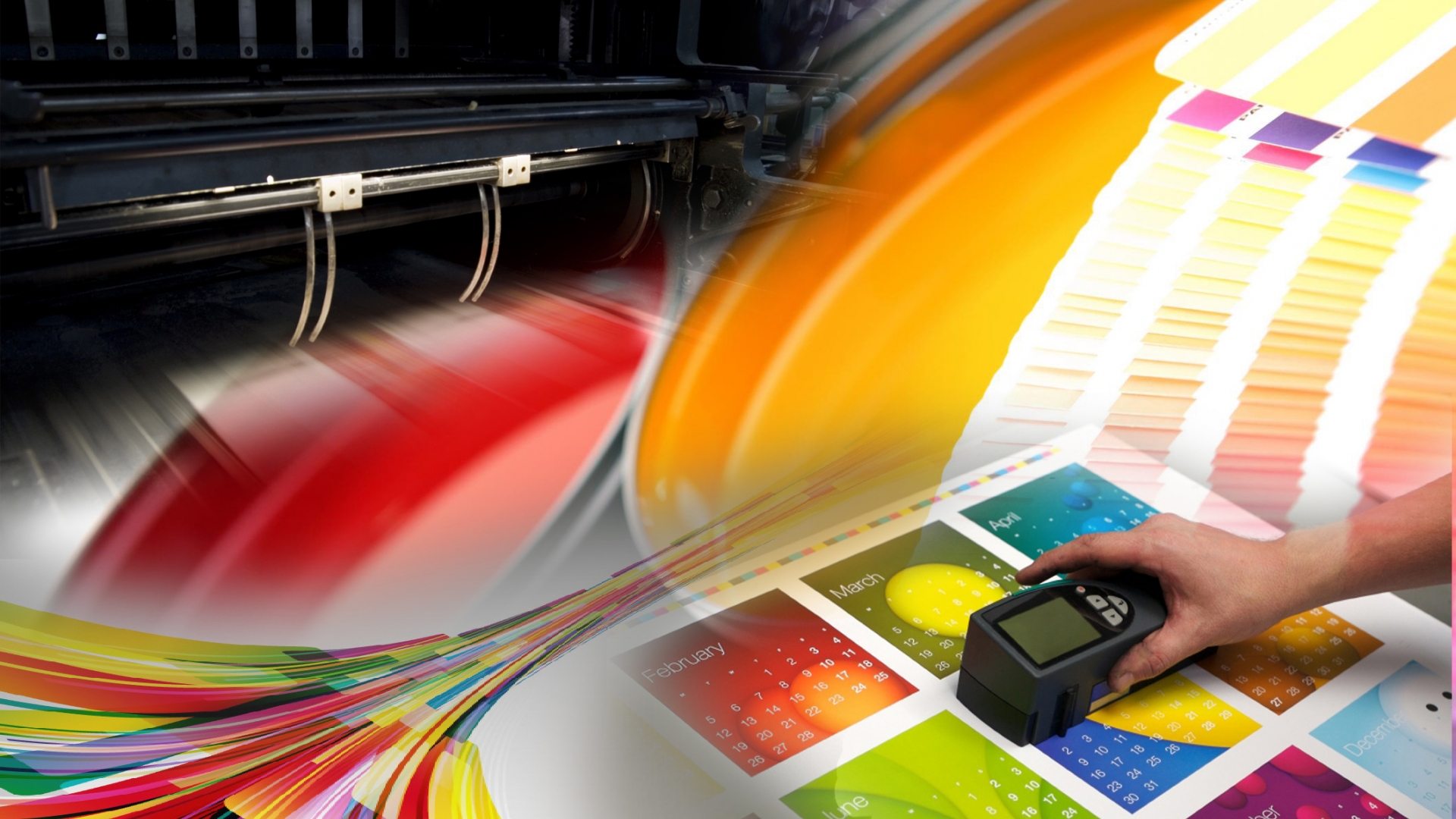In the vast landscape of the printing industry, offset emerges as a cornerstone technology. But what is the offset printing process, and what does offset mean in printing? This article unfolds the layers of offset printing, a predominant method renowned for its high quality and efficiency. The term ‘offset’ refers to the transfer of an inked image from a plate to a rubber blanket, and then to the printing surface. This indirect approach is at the heart of offset printing’s effectiveness and versatility.
The journey of offset began in the early 20th century. Initially developed for printing on tin, it soon transitioned to paper and other materials. This evolution was marked by key milestones, such as the introduction of the first commercially successful offset press in 1904. Over the years, offset has adapted and evolved, incorporating technological advances to remain a dominant force in the printing world.
The Offset Printing Process
Understanding the process requires a look at its key components:
- The plate. This is where the image to be printed is set in a reversely mirrored form. Modern offset printing uses computer-to-plate technology for greater precision.
- The blanket cylinder. A crucial component, the blanket cylinder transfers the image from the plate to the substrate (the material being printed on).
- The impression cylinder. This cylinder applies pressure, ensuring the image is transferred accurately from the blanket to the substrate.
- Ink and water. Offset printing is unique in its use of ink and water. The ink adheres to the image area, while the water, applied via a dampening system, keeps the non-image areas ink-free.
Types of Offset Printing

Offset is broadly categorized into two types:
- Sheet-fed. In this method, individual sheets of paper are fed into the printer. Ideal for smaller-sized prints and varying paper types, sheet-fed offset is highly versatile for a range of applications including brochures, posters, and stationery.
- Web-fed. Here, large rolls of paper or plastic are used, making it suitable for high-volume projects like newspapers, magazines, and packaging. The paper or plastic runs through the press in a continuous ‘web’, cut and separated after printing.
The choice between sheet-fed and web-fed offset printing hinges on factors like volume, material type, and cost considerations. Each type offers distinct advantages, making offset a versatile choice for a myriad of printing needs.
Materials and Inks Used in Offset Printing
Offset printing’s versatility is partly due to the wide range of materials it can print on. Commonly used substrates include:
- Paper. From thin to thick stocks, including coated, uncoated, and textured varieties.
- Cardboard. Particularly for packaging, such as boxes and cartons.
- Specialty substrates. Including some plastics, metals, and other non-traditional materials.
The inks used in offset printing are equally varied and specialized:
- Oil-based inks. Traditionally used for their durability and vibrant colors.
- Soy-based inks. More environmentally friendly, offering high-quality prints with easier recycling.
- UV-curable inks. Known for their rapid drying time and durability.
Advantages of Offset Printing

Offset printing is celebrated for several key advantages:
- High image quality and precision. The method’s ability to produce sharp and clean images is unparalleled, making it ideal for detailed graphics and text.
- Cost-effectiveness for large print runs. While the initial setup for offset printing can be costly, it becomes more economical with larger volumes, making it a preferred choice for high-quantity orders.
- Versatility in printing on various substrates. Offset’s adaptability with different materials and inks makes it a versatile solution for a wide array of printing needs.
Applications of Offset Printing
The question, “What is offset printing used for?” reveals a breadth of applications across various sectors:
- Publishing. This includes books, magazines, newspapers, and catalogs, where quality and cost-effectiveness are paramount.
- Advertising. Brochures, flyers, posters, and inserts are often produced using offset printing for their high quality and consistency in large quantities.
- Packaging. Offset is used for high-end packaging and labeling, especially where detailed graphics and branding are important.
- Commercial. Business cards, letterheads, and corporate reports benefit from the professional quality of offset prints.
Offset printing’s reach extends across industries, setting the standard for professional, high-volume printing. Its ability to produce consistent, high-quality results efficiently makes it a cornerstone in the world of printing, catering to a vast array of printing needs.
Comparative Analysis with Other Techniques

When offset printing is compared to other methods like digital and flexographic printing, several distinctions emerge:
- Digital printing. Known for its speed and ability to handle small runs cost-effectively, digital printing lacks the color accuracy and quality of offset. Offset is preferred for large-volume, high-quality jobs, whereas digital excels in fast, personalized projects.
- Flexographic printing. While flexographic printing is ideal for packaging and labels due to its versatility with materials, offset printing offers superior quality for flat and smooth substrates. Offset is the better choice for high-definition, large-volume projects. You can read the article “Flexographic vs Offset Printing” to learn more details.
Offset printing often emerges as the most suitable option for large-scale, high-quality print jobs, such as magazines, catalogs, and high-volume commercial printing, where quality and cost per unit are critical.
Current Trends and Future

The future of offset printing is being shaped by digital technology. Hybrid systems that combine offset and digital capabilities are emerging, offering the best of both worlds: offset’s quality and economic advantage for large runs, and digital’s flexibility for customization and short runs. The trend towards automation and digital integration is also evident, aiming to increase efficiency and reduce waste.
In the digital age, the demand for high-quality, large-volume printing is likely to sustain the relevance of offset printing. Innovations focusing on quicker setup times, reduced waste, and increased efficiency could further cement its position in the printing landscape.
Environmental Aspects
The environmental impact of offset has been a point of focus in recent years. Traditional concerns include the use of volatile organic compounds (VOCs) in inks and chemicals in the printing process. Steps towards eco-friendliness include:
- Using vegetable-based Inks. These inks are less harmful to the environment compared to petroleum-based inks.
- Recycling and reducing waste. Efforts are being made to recycle paper and reduce waste in the printing process.
- Energy efficiency. Modern offset presses are more energy-efficient, reducing the carbon footprint of the printing process.
Conclusion
Offset printing, with its high quality, cost-effectiveness, and ability to handle large volumes, continues to play a vital role in the industry. While facing competition from digital and flexographic methods, offset printing maintains its superiority in specific scenarios, particularly where quality and volume are paramount.
The integration of digital technologies and a growing focus on environmental sustainability are shaping the future of offset printing. As it adapts to these trends, offset printing remains an indispensable part of the commercial and publishing worlds, ensuring its relevance in the current market and beyond.









